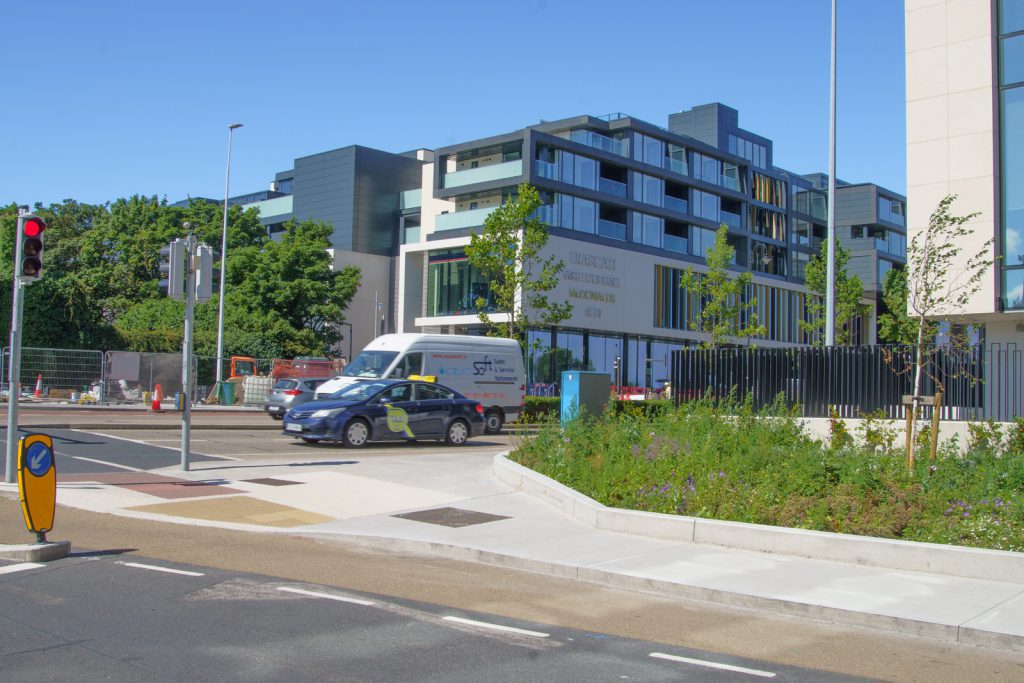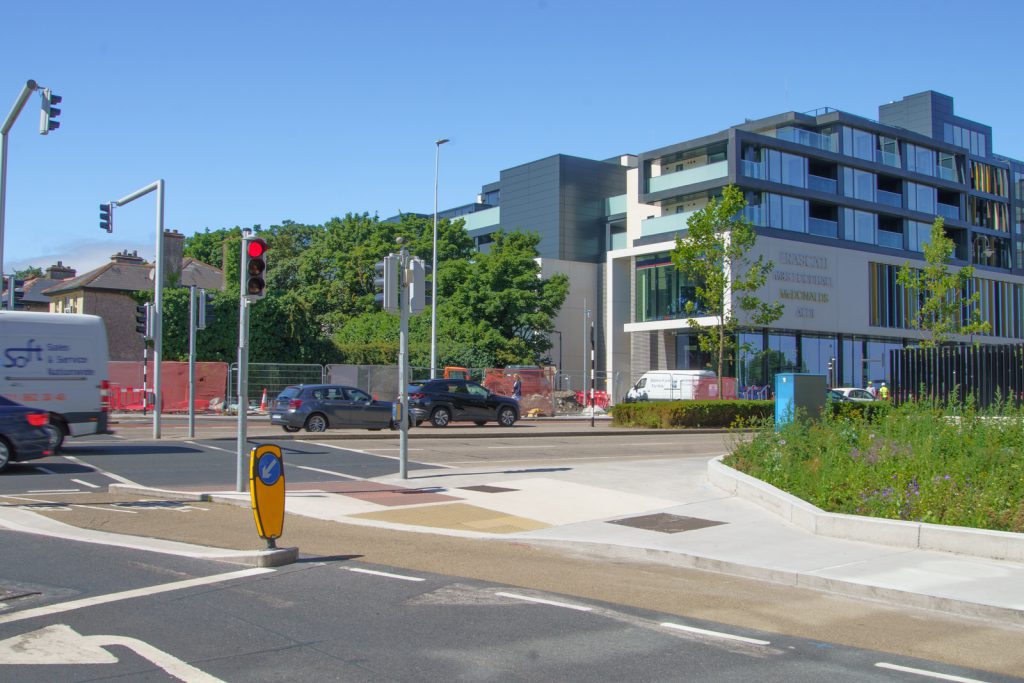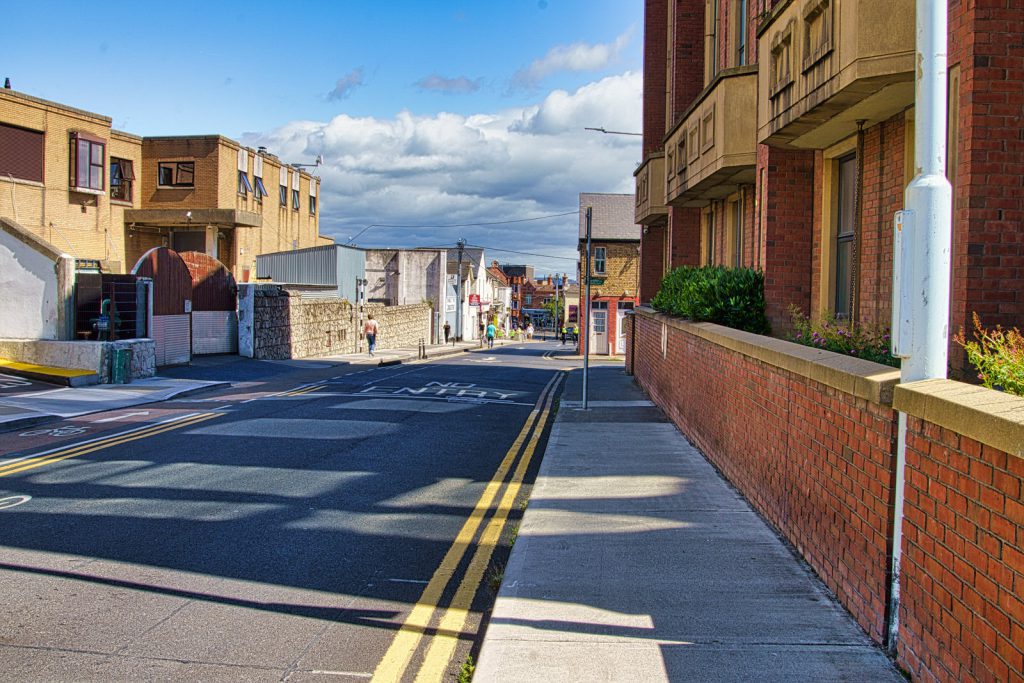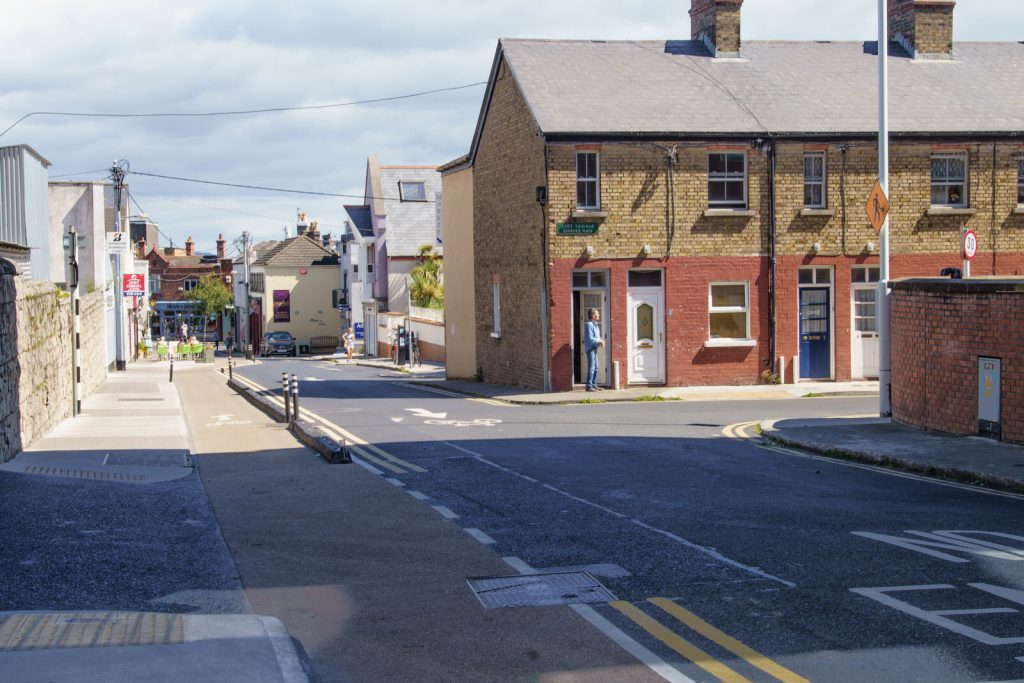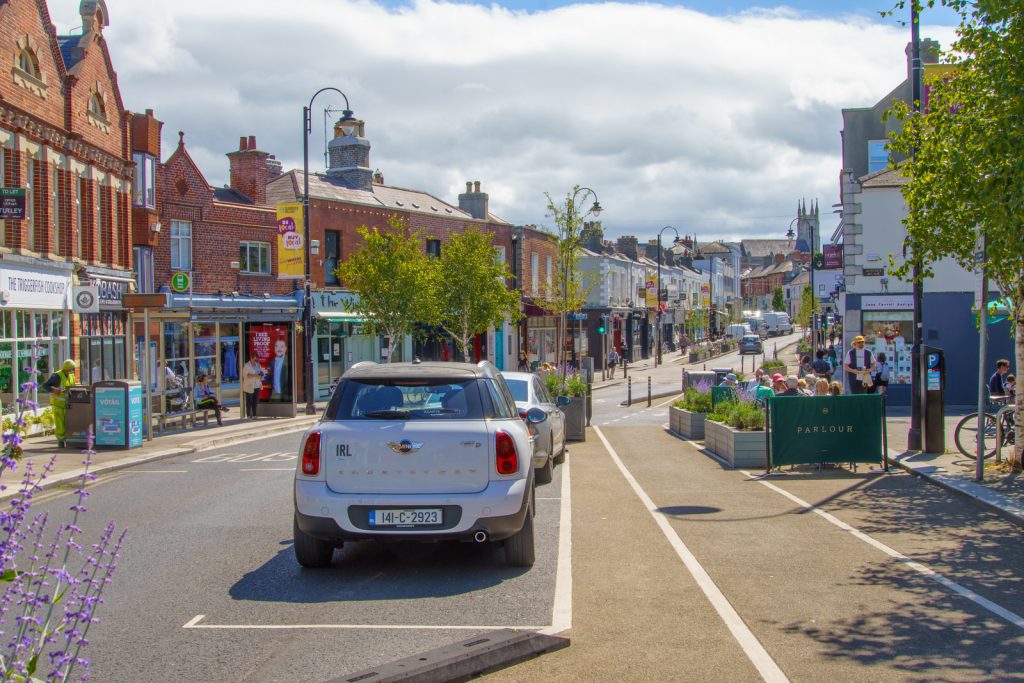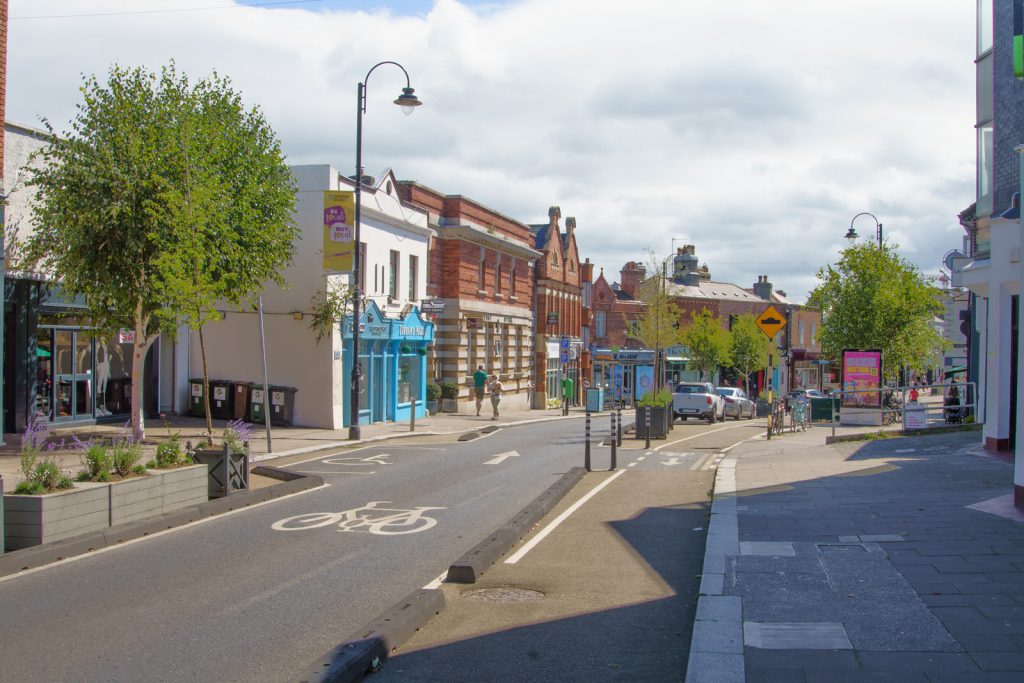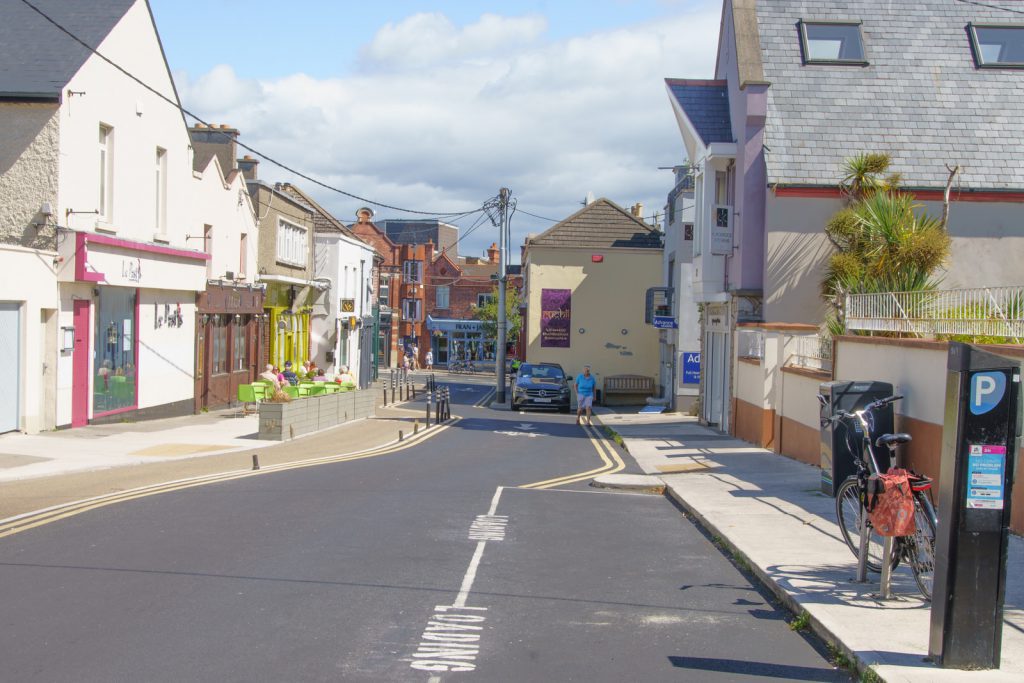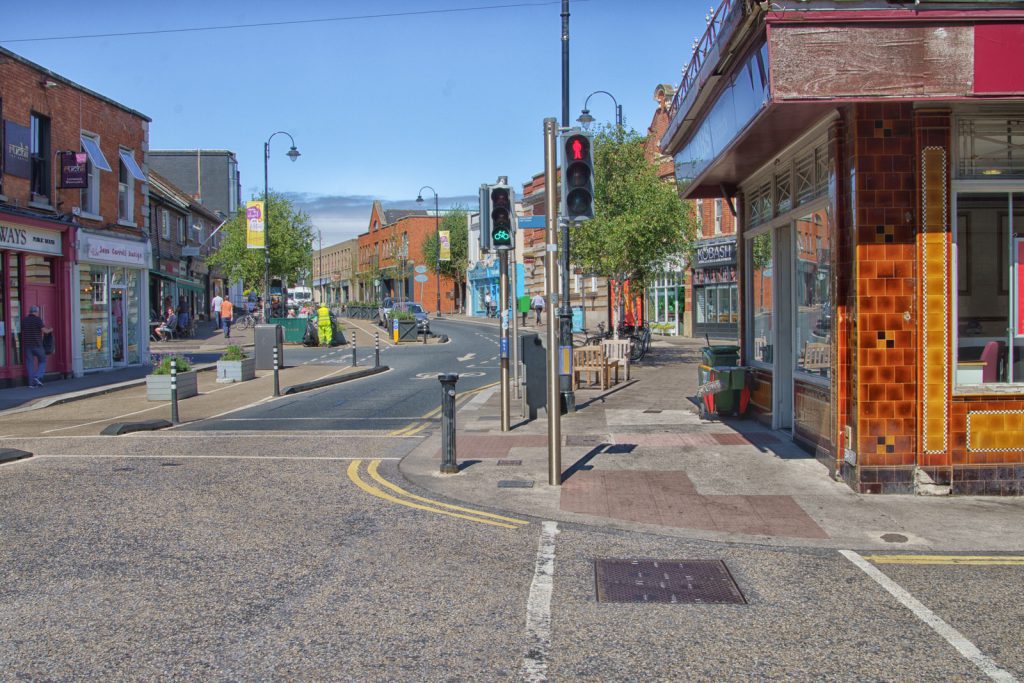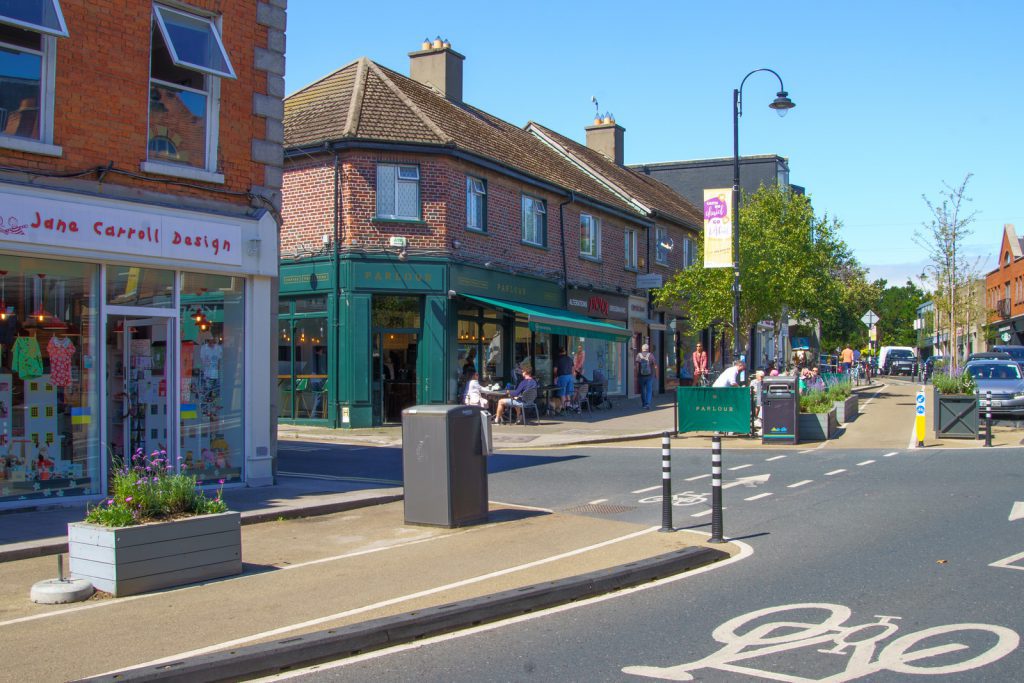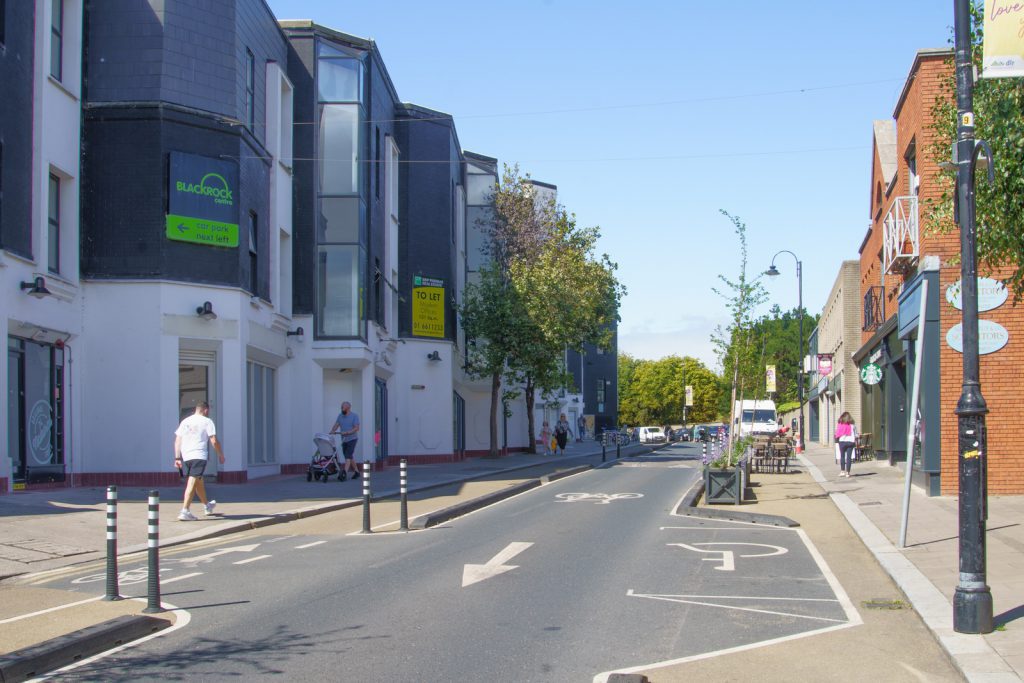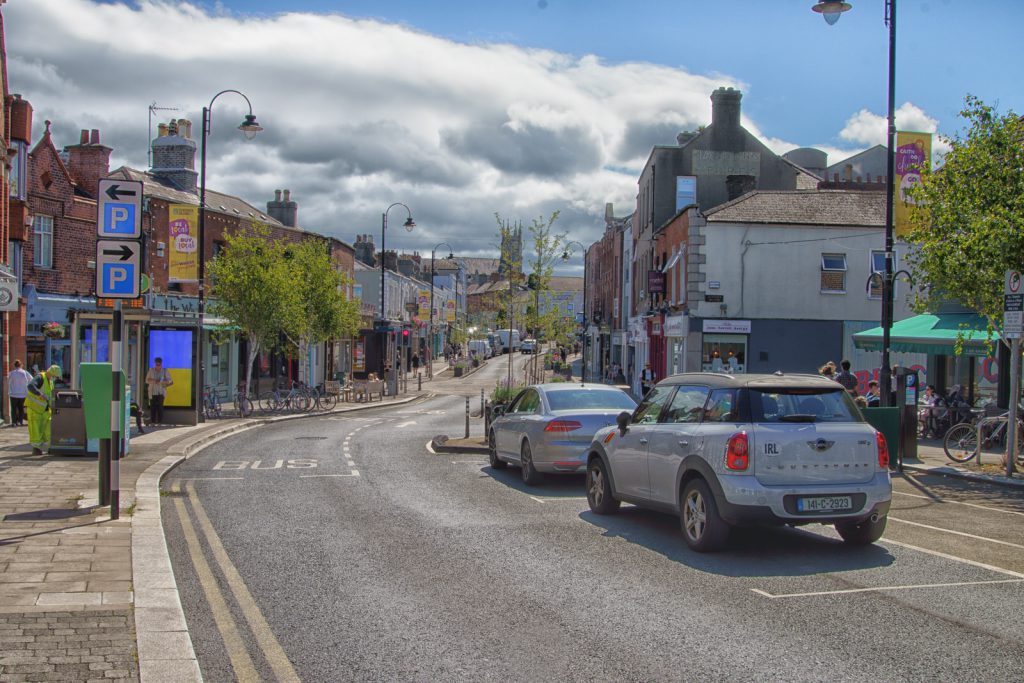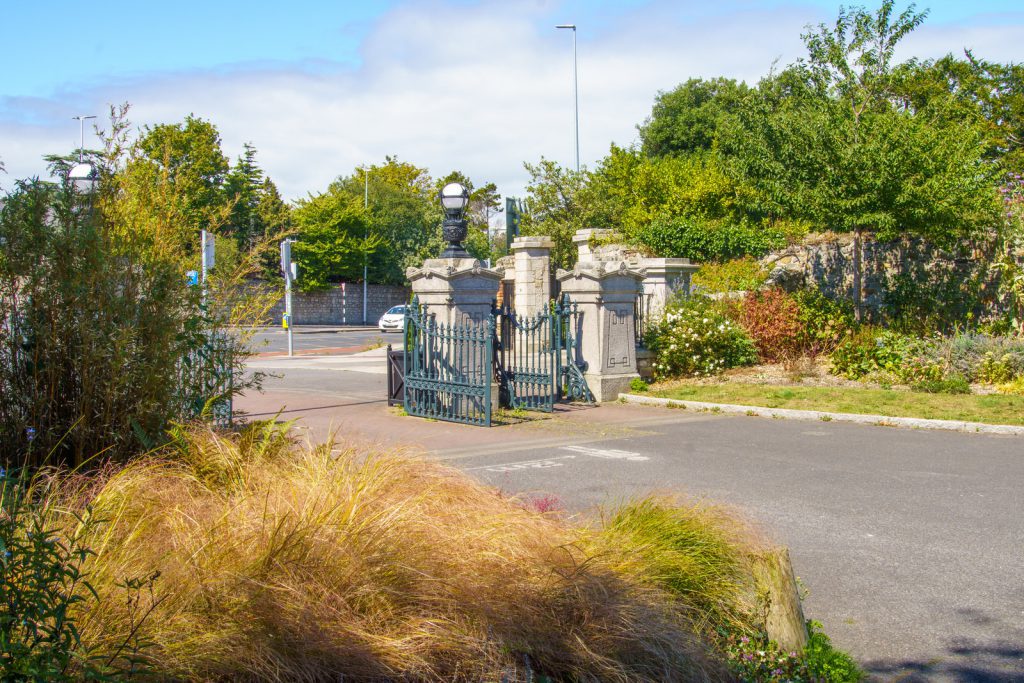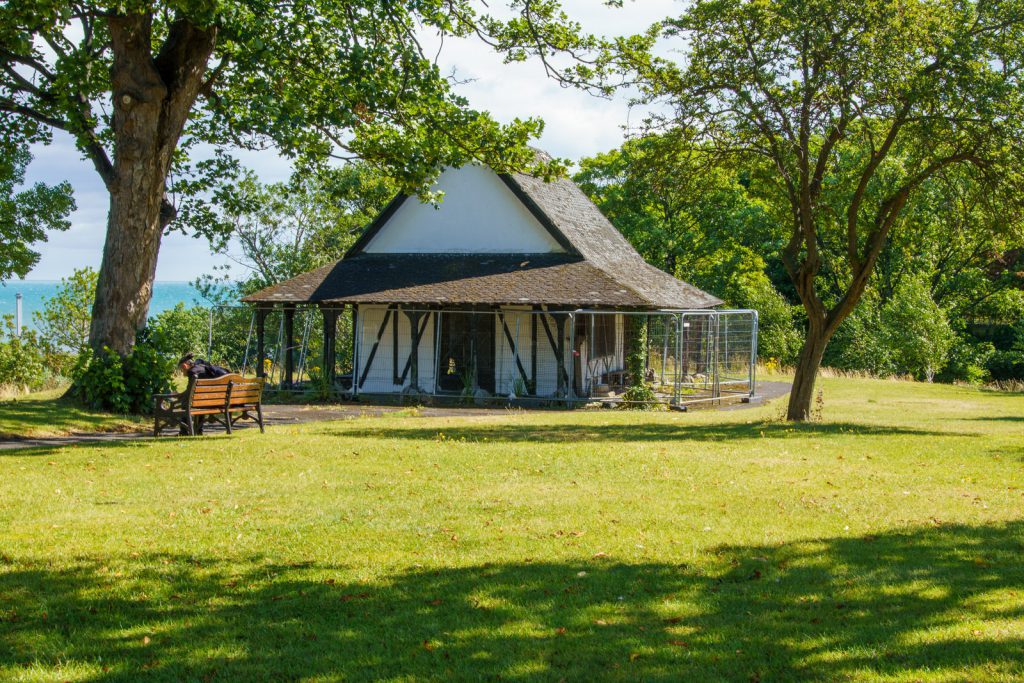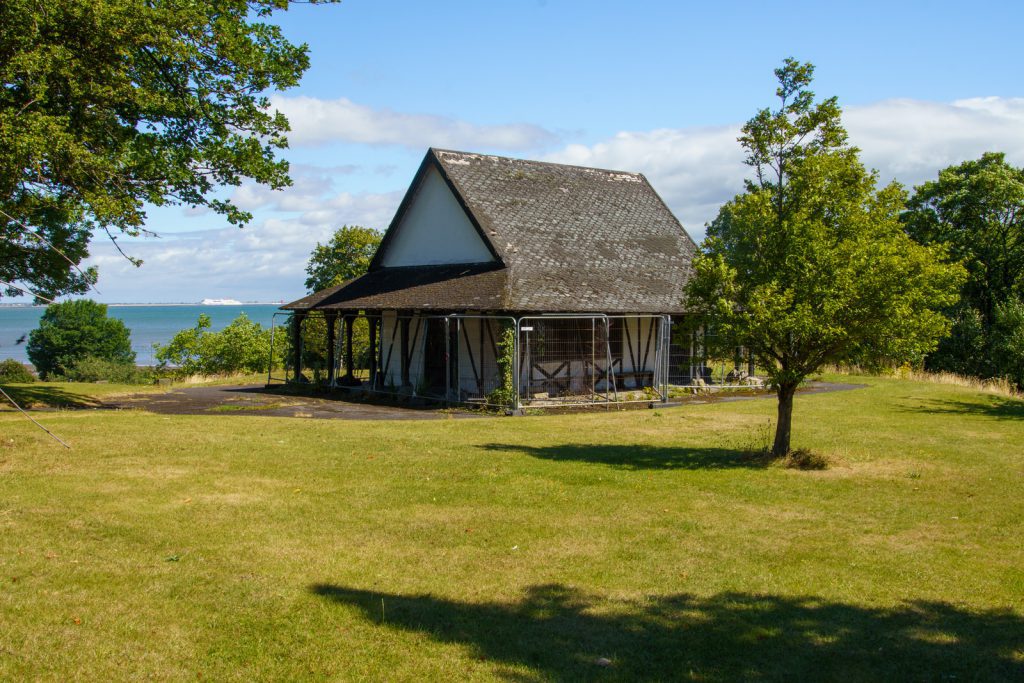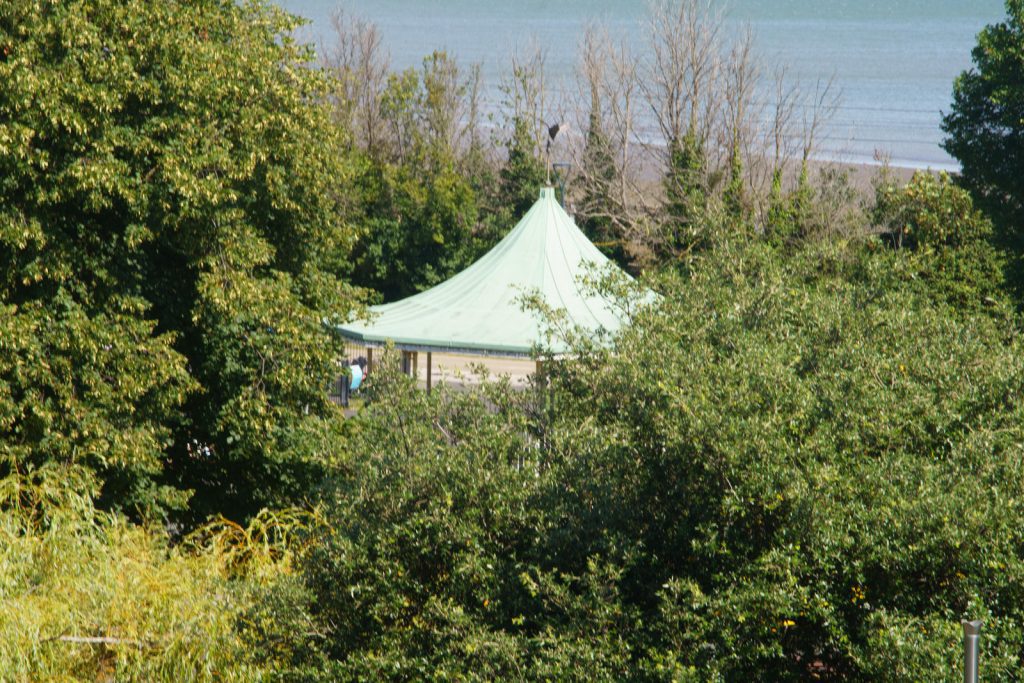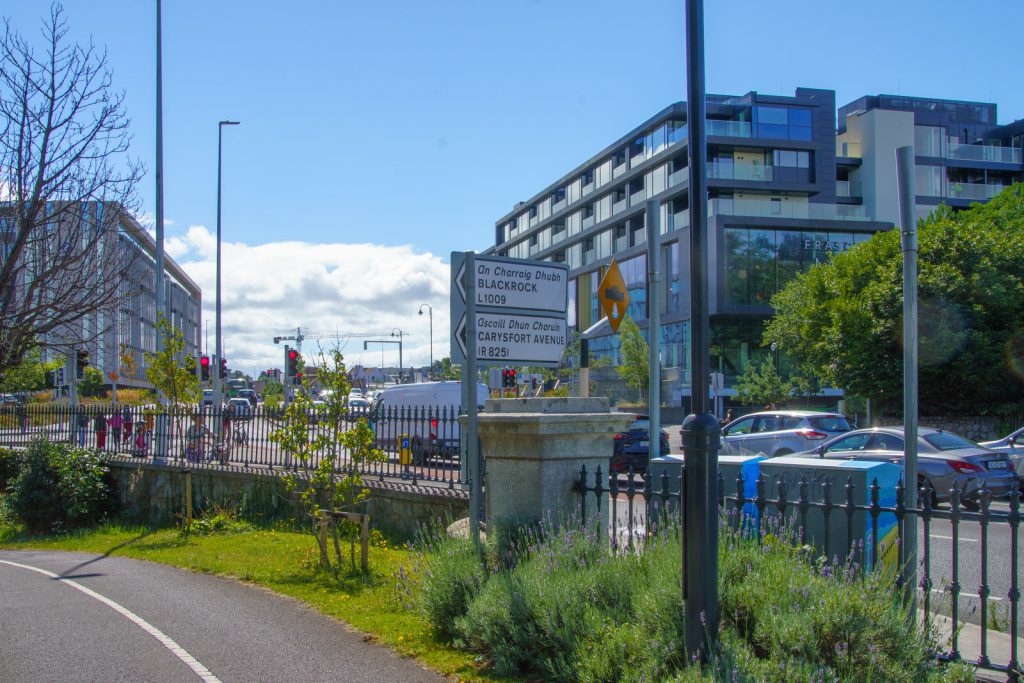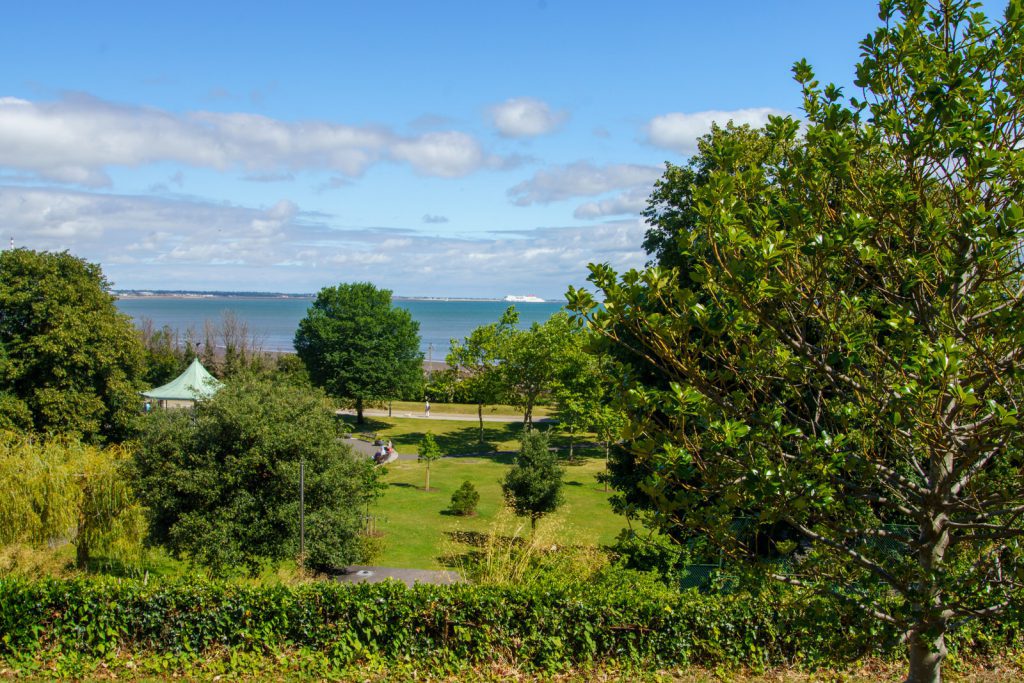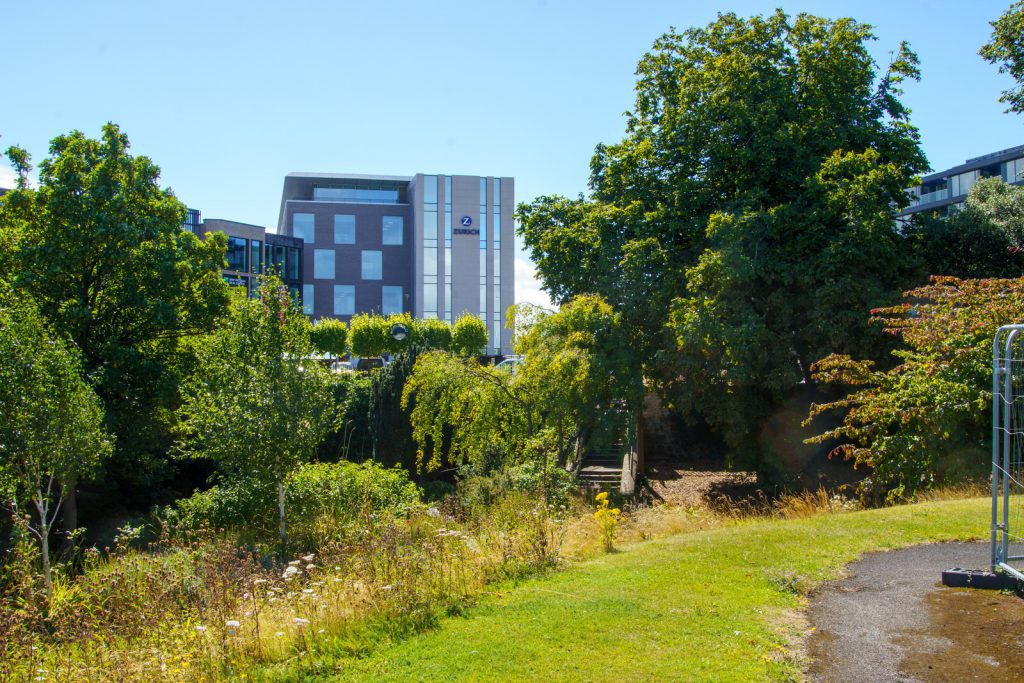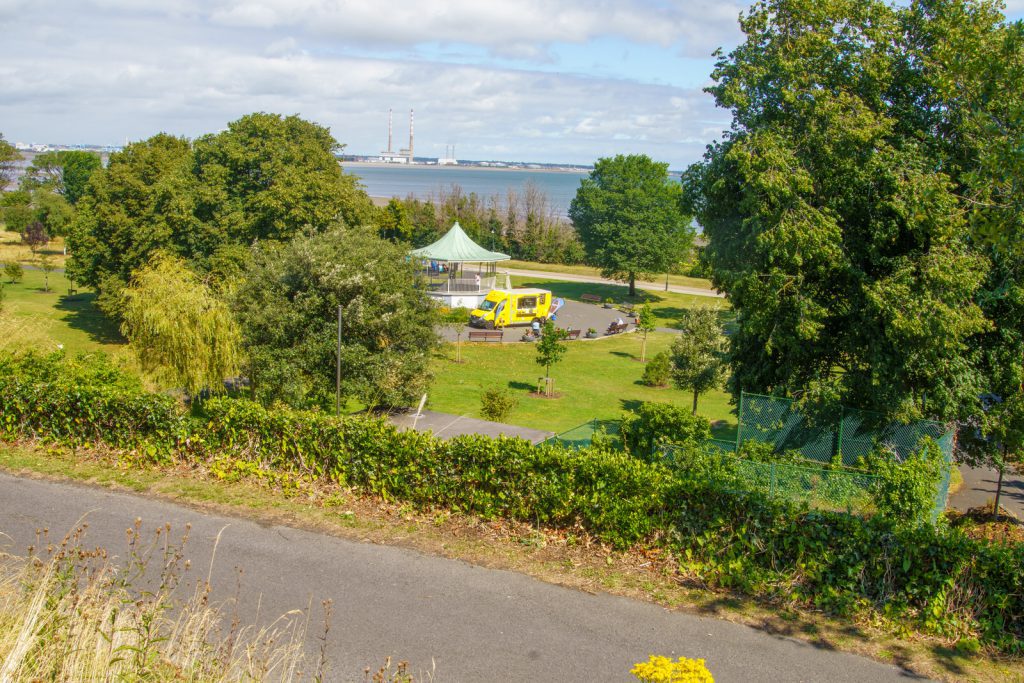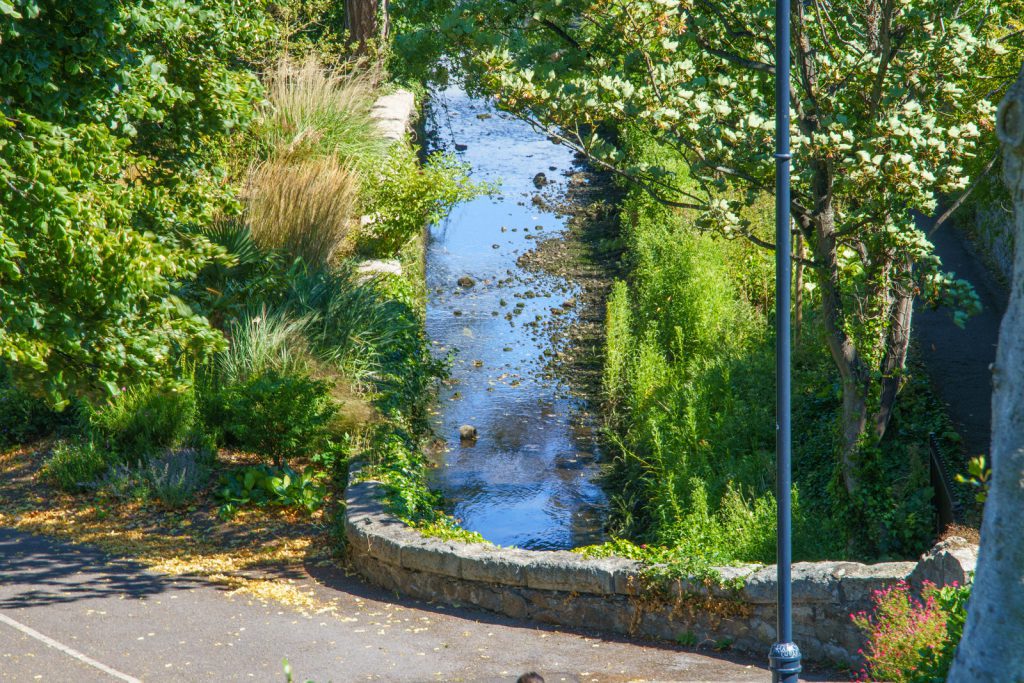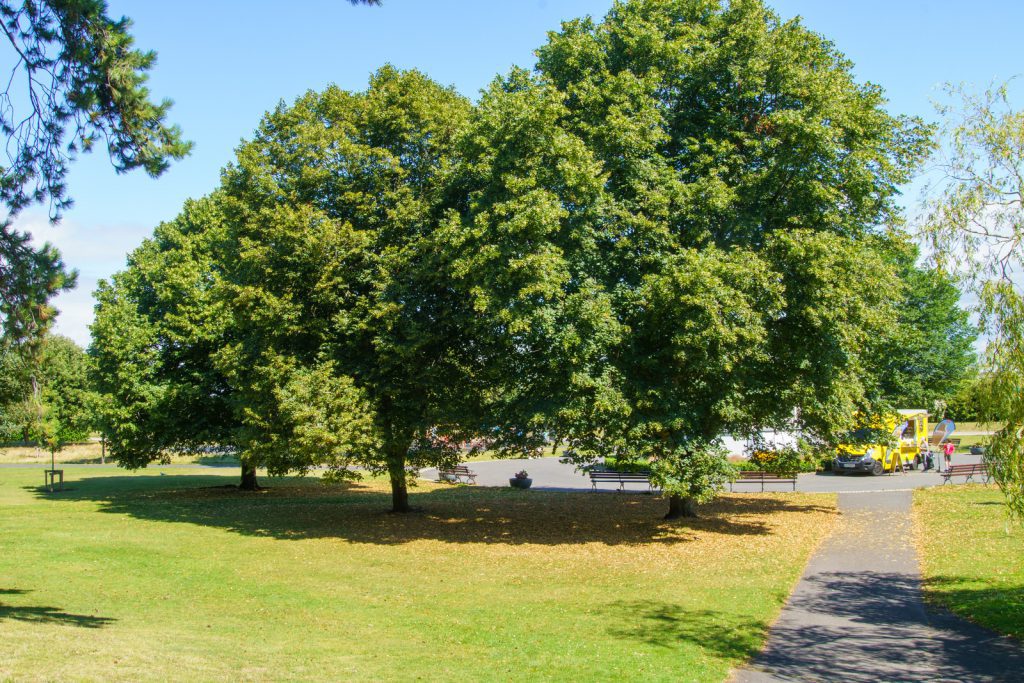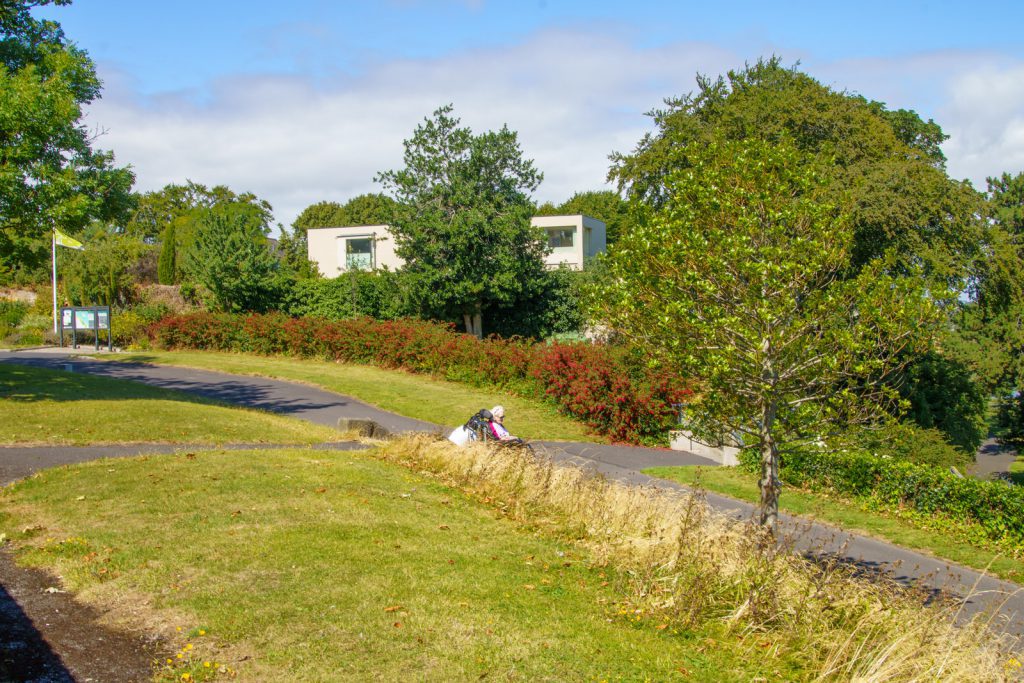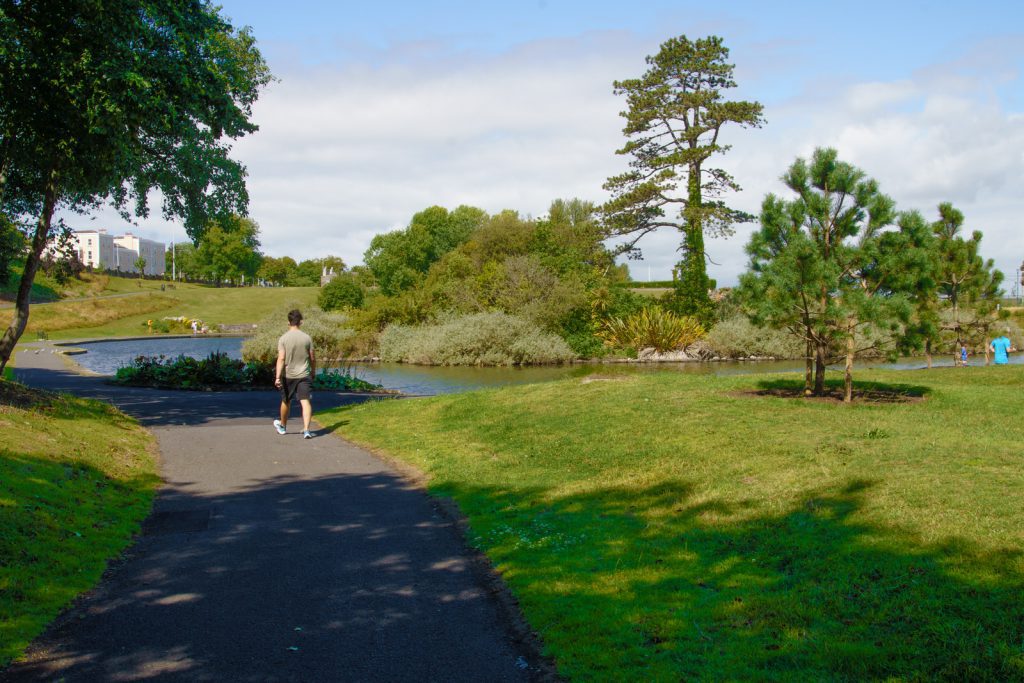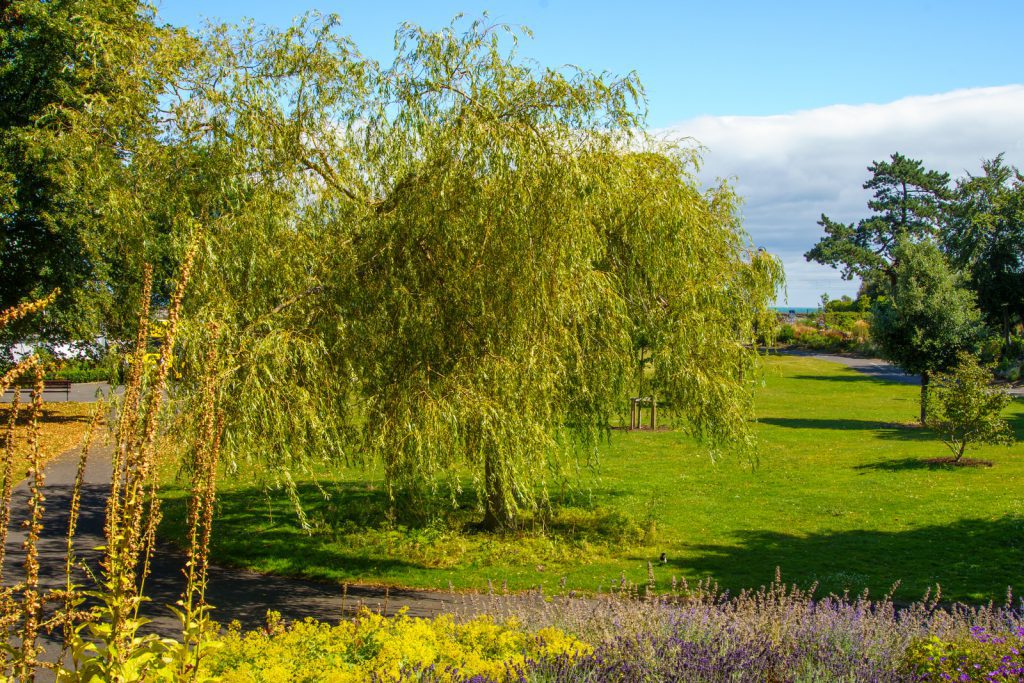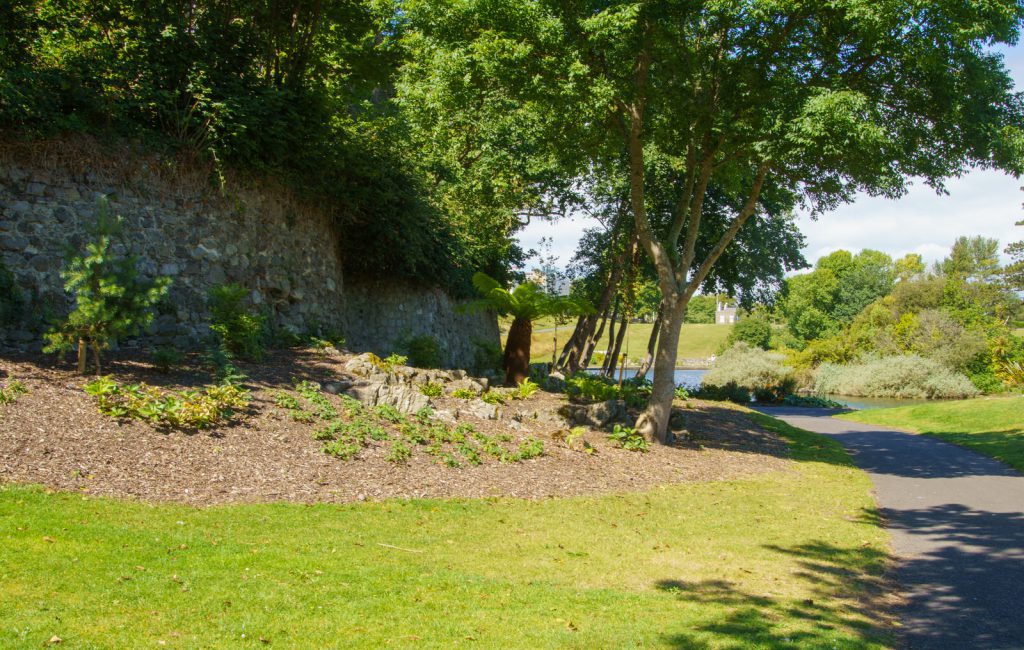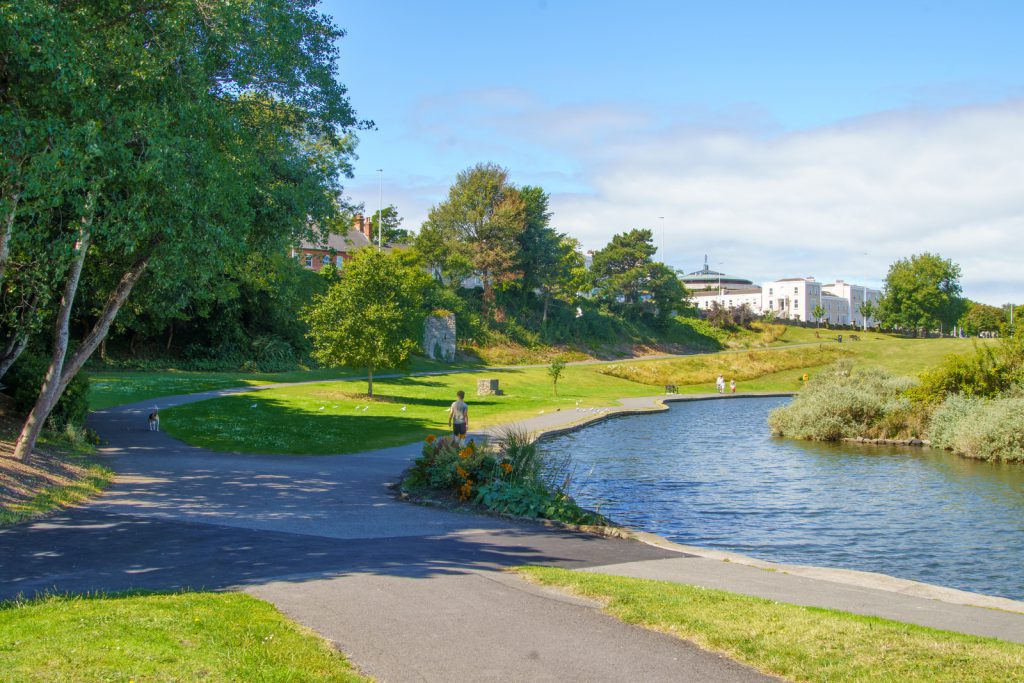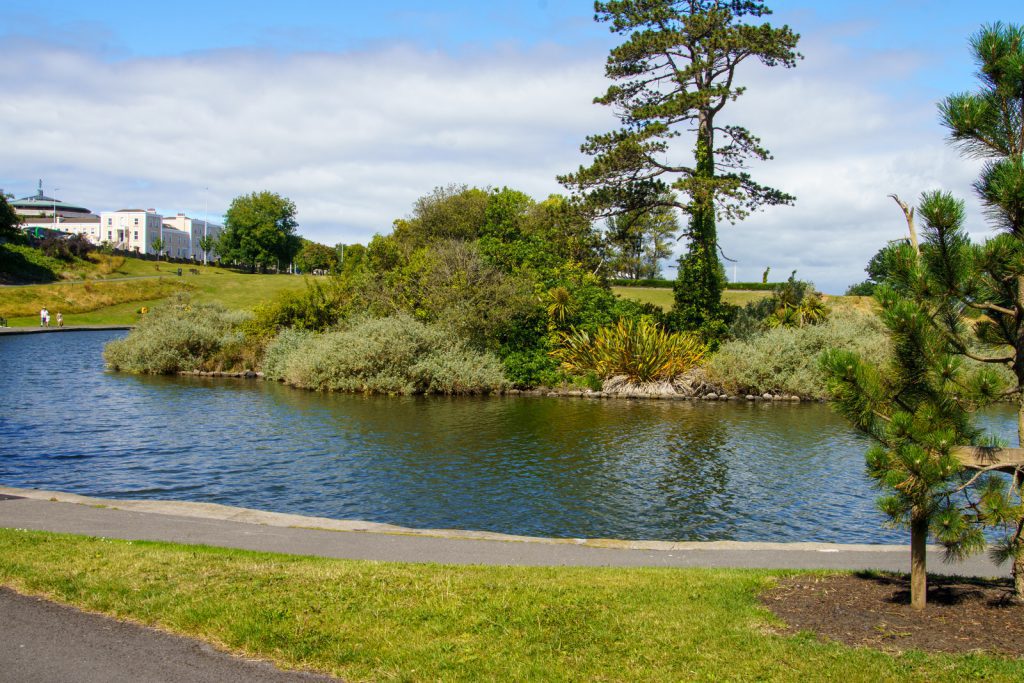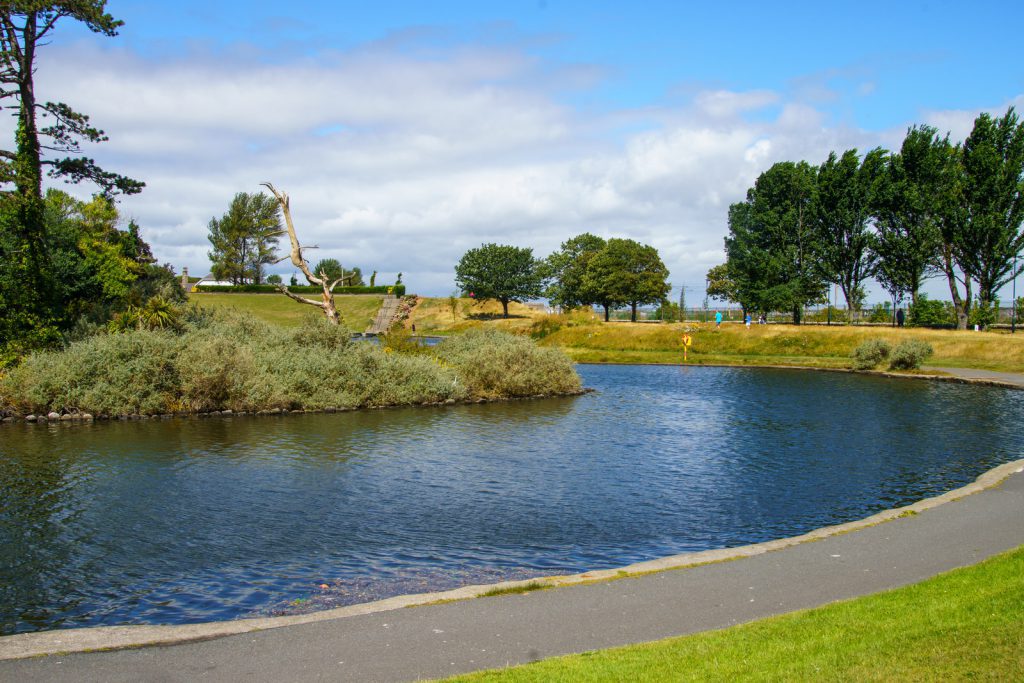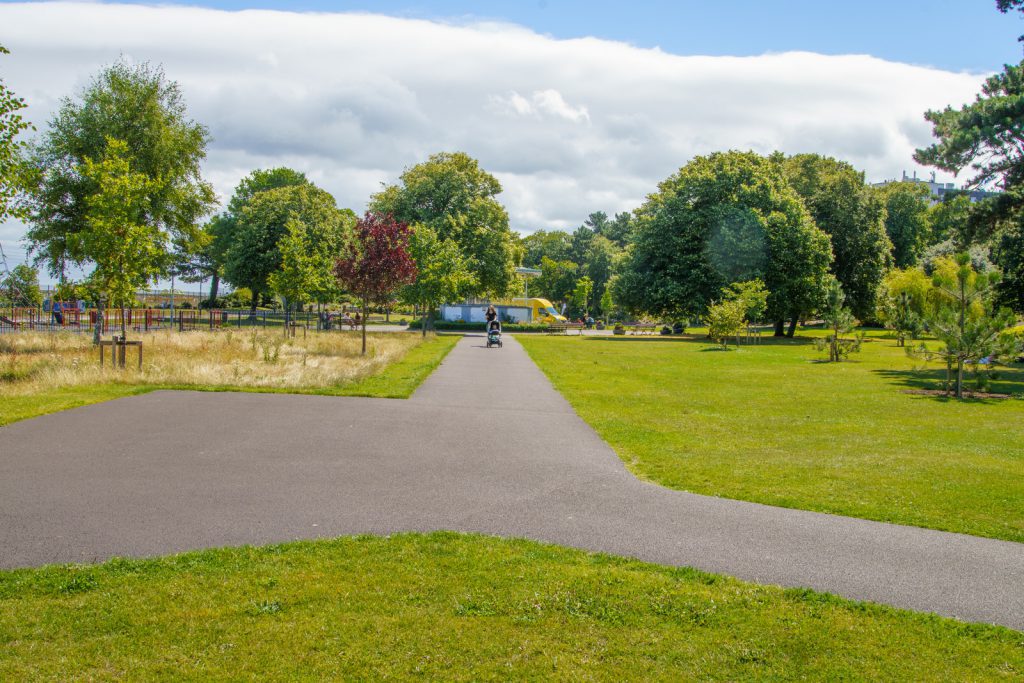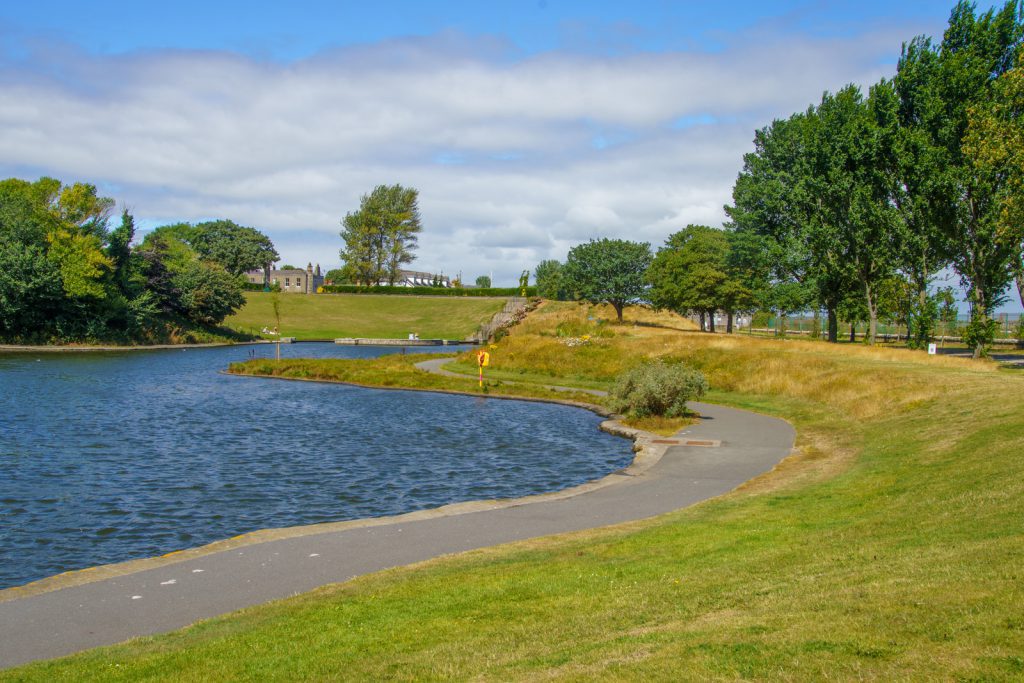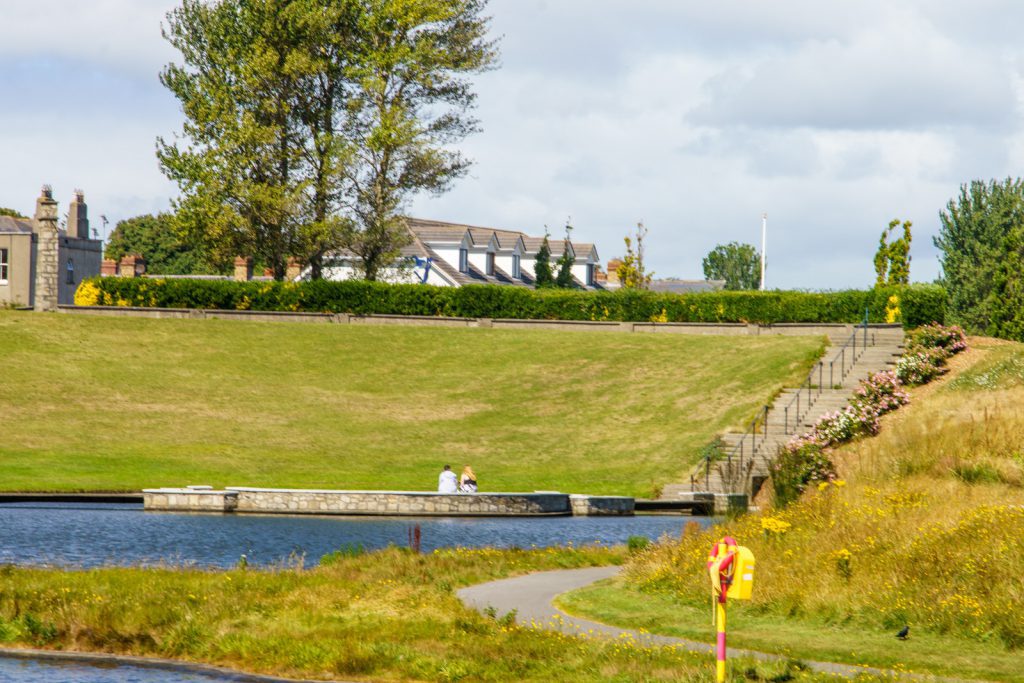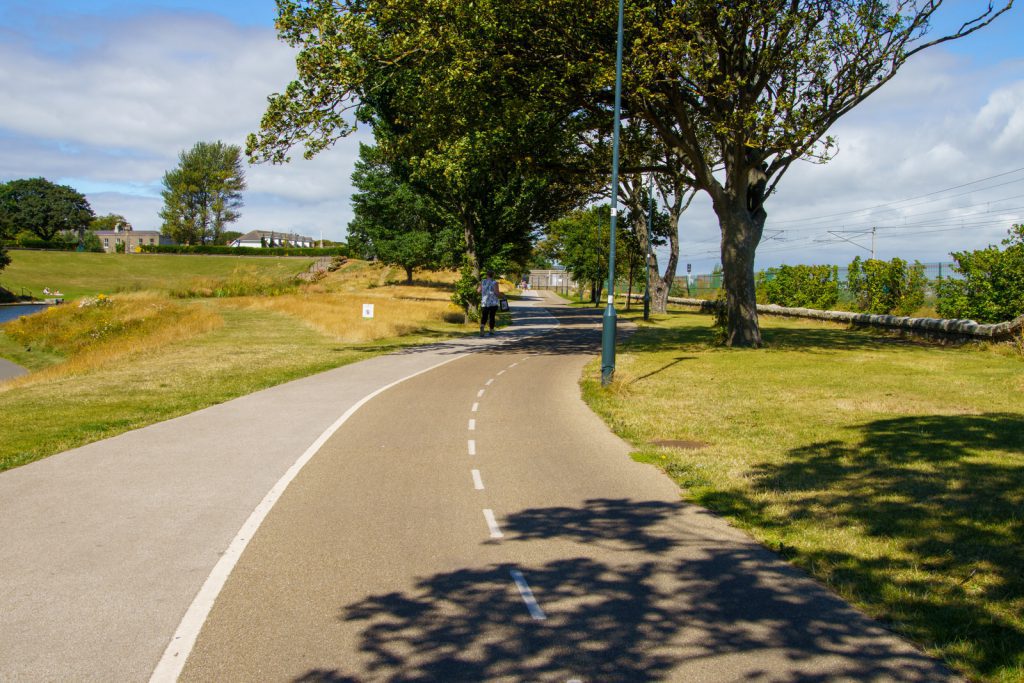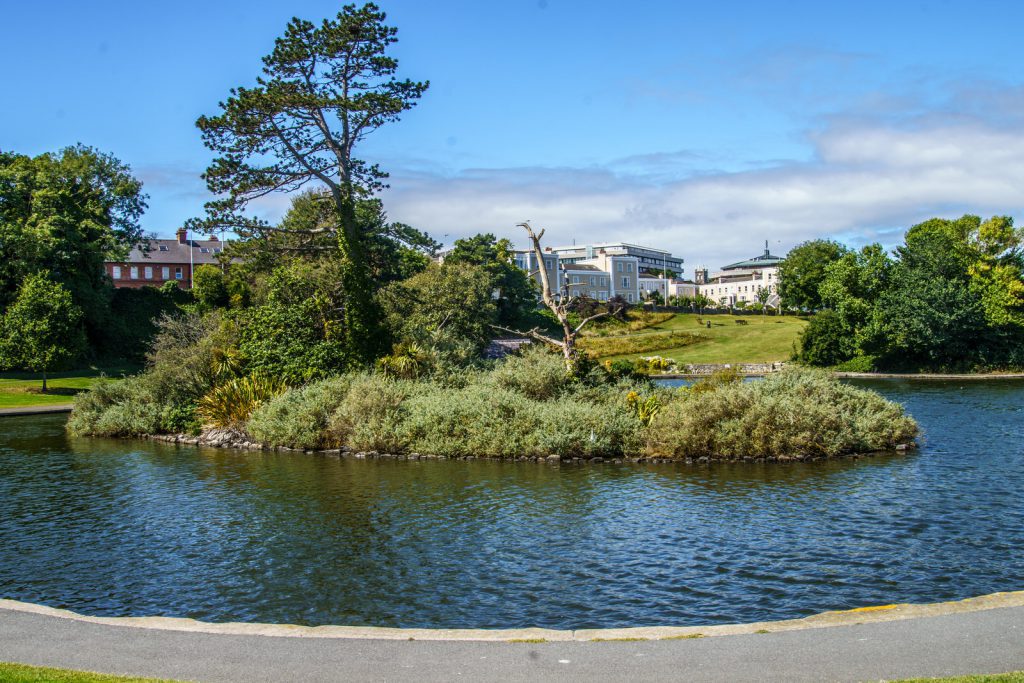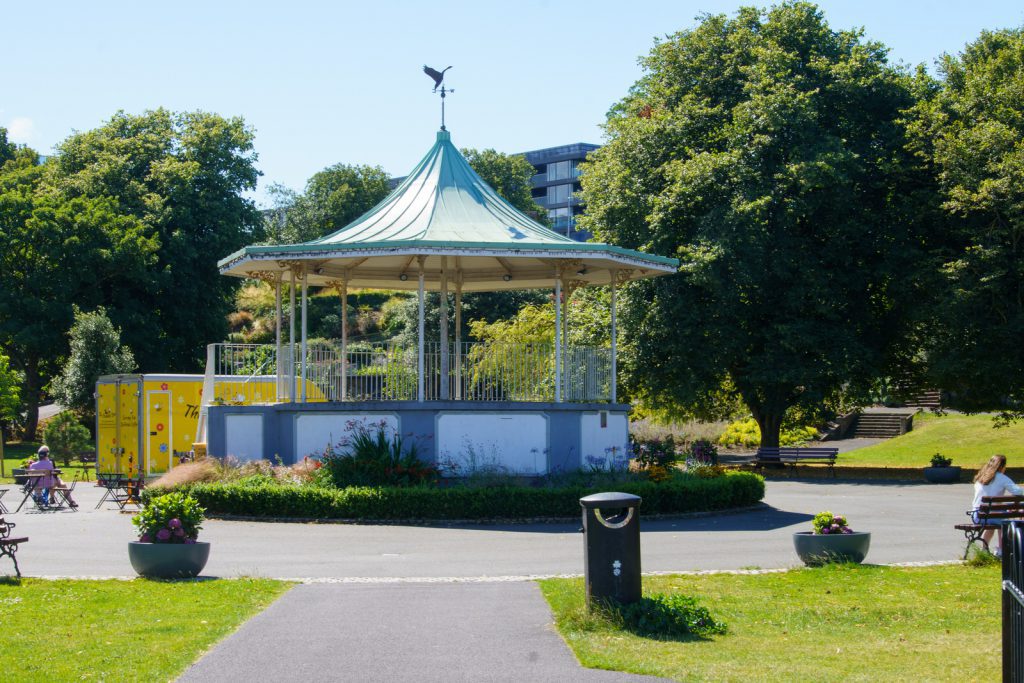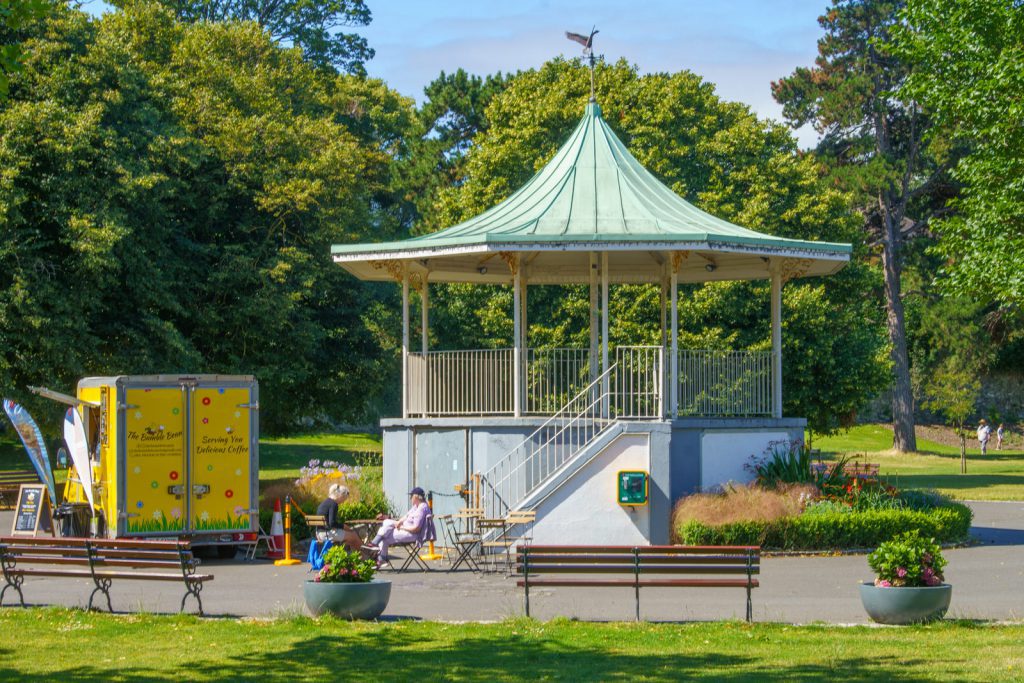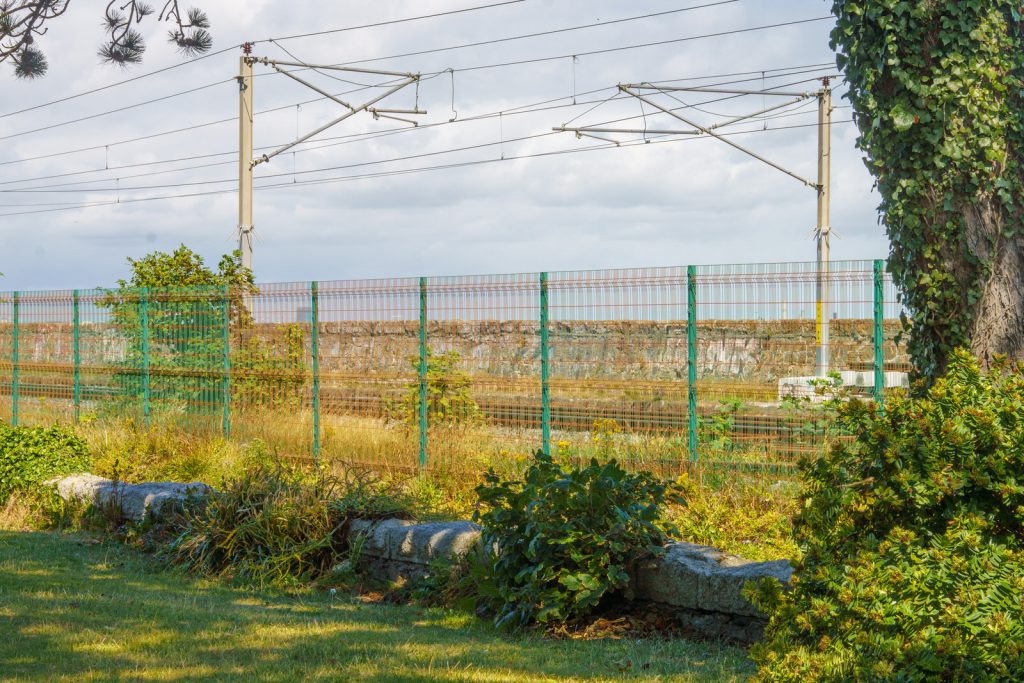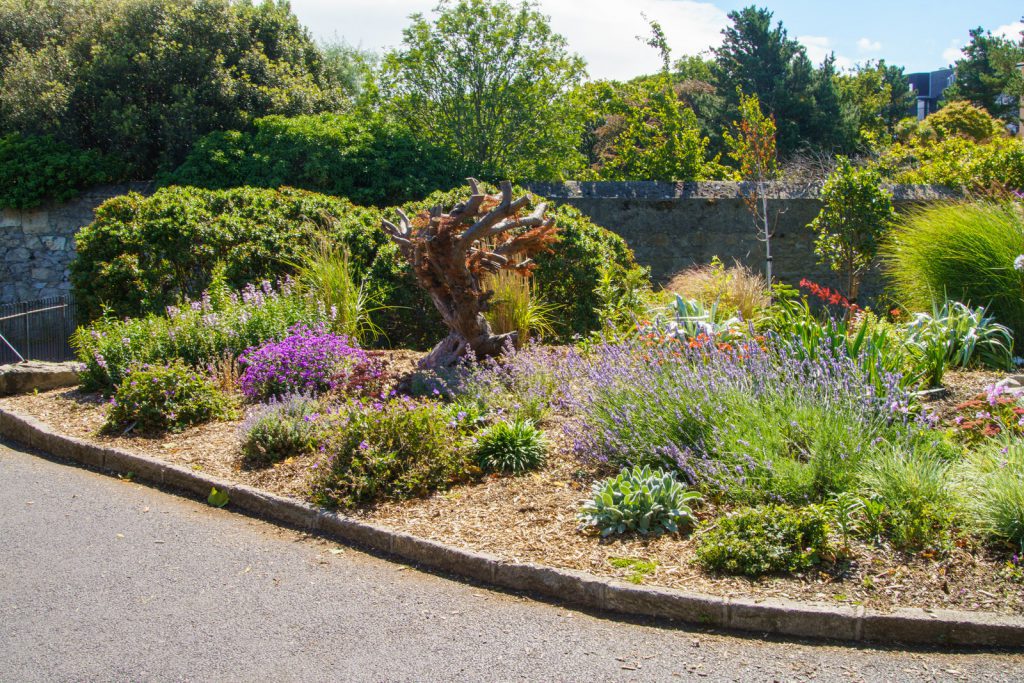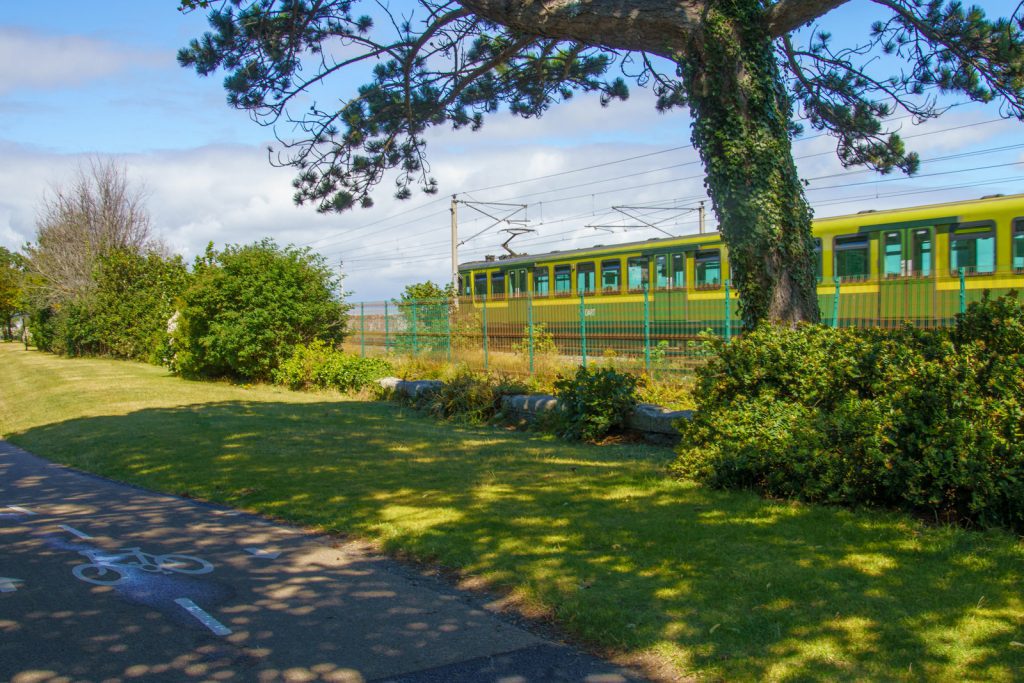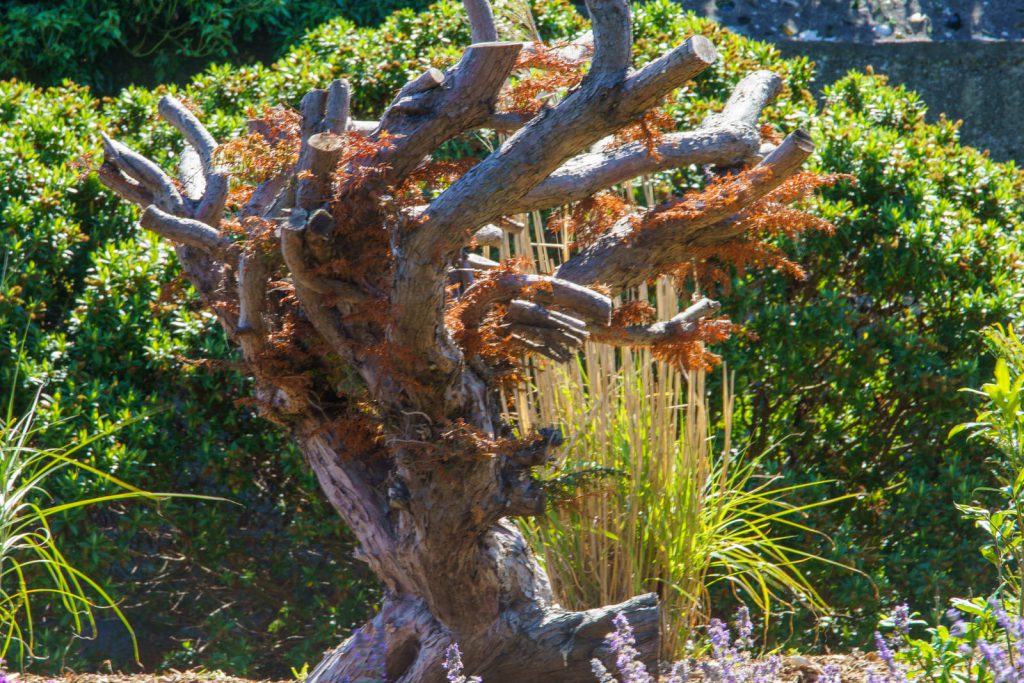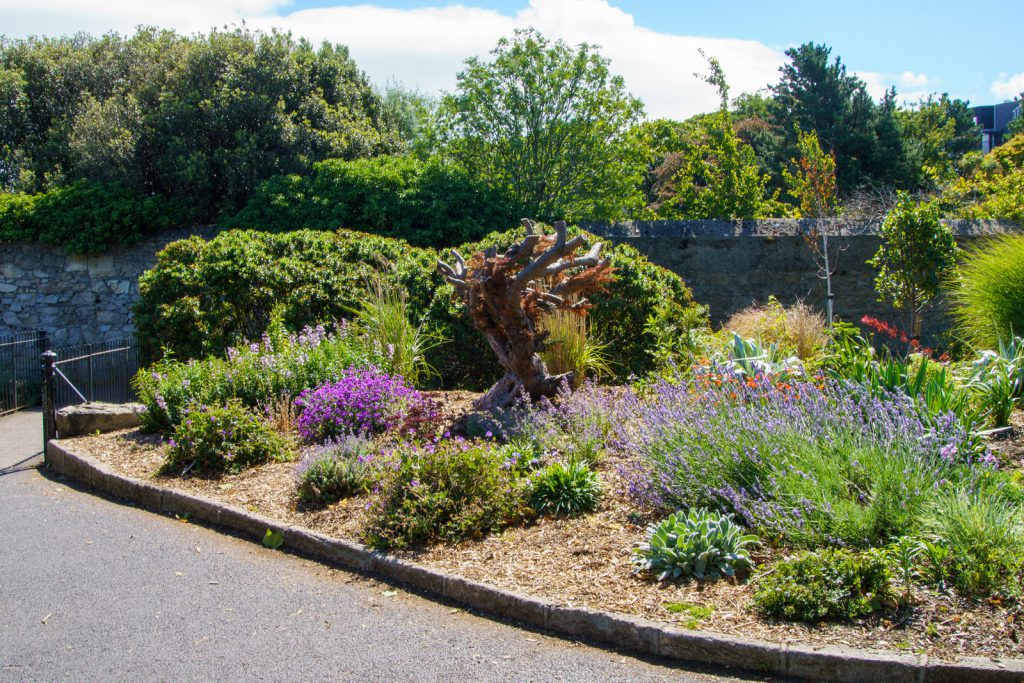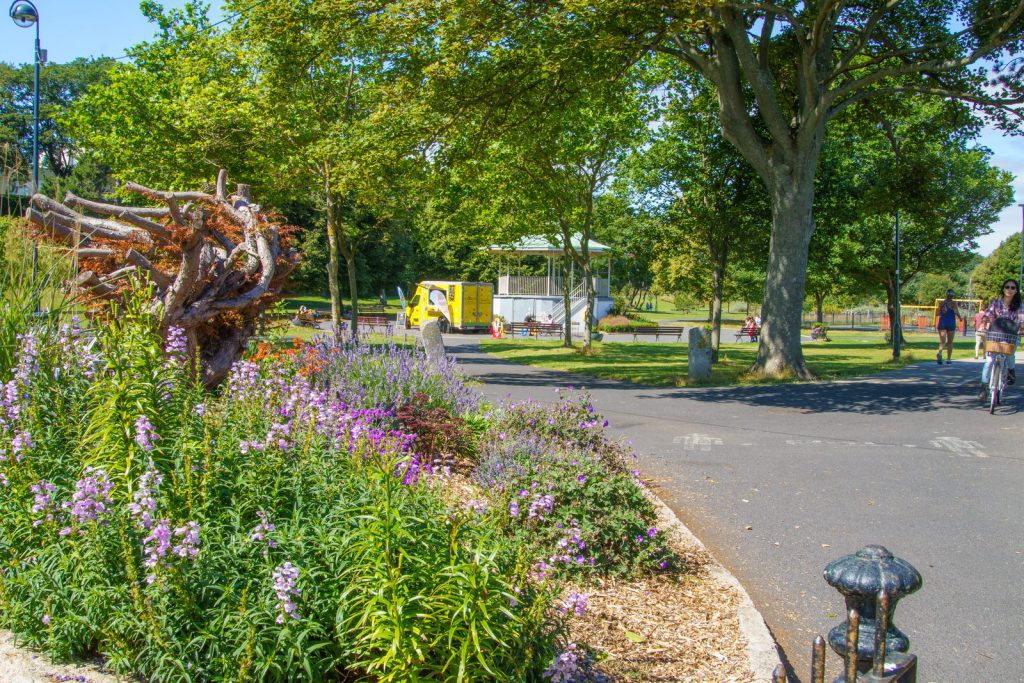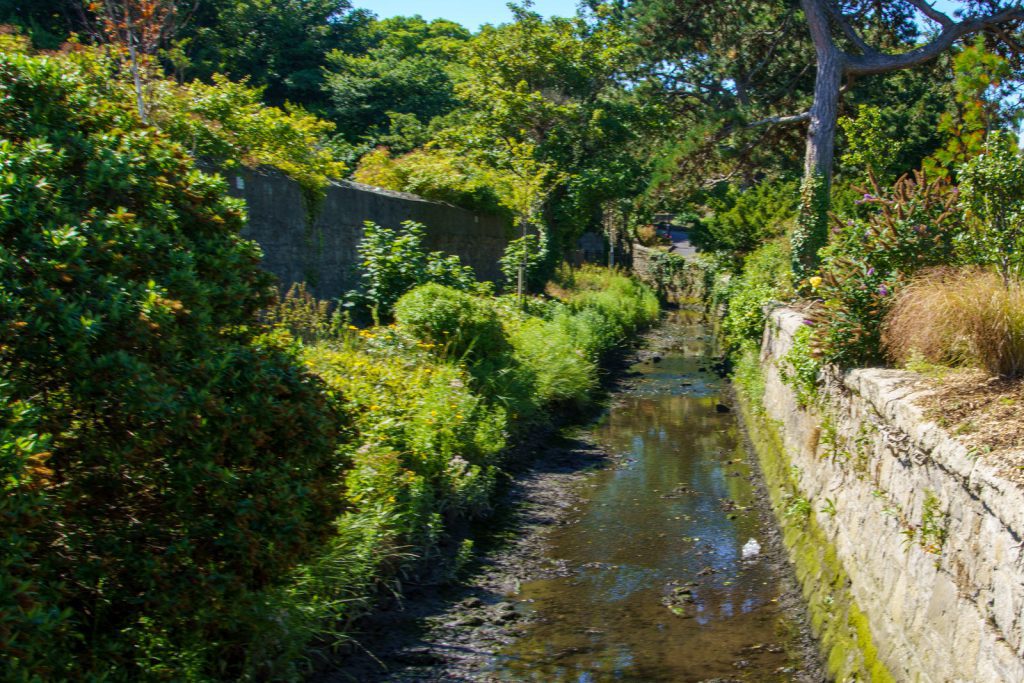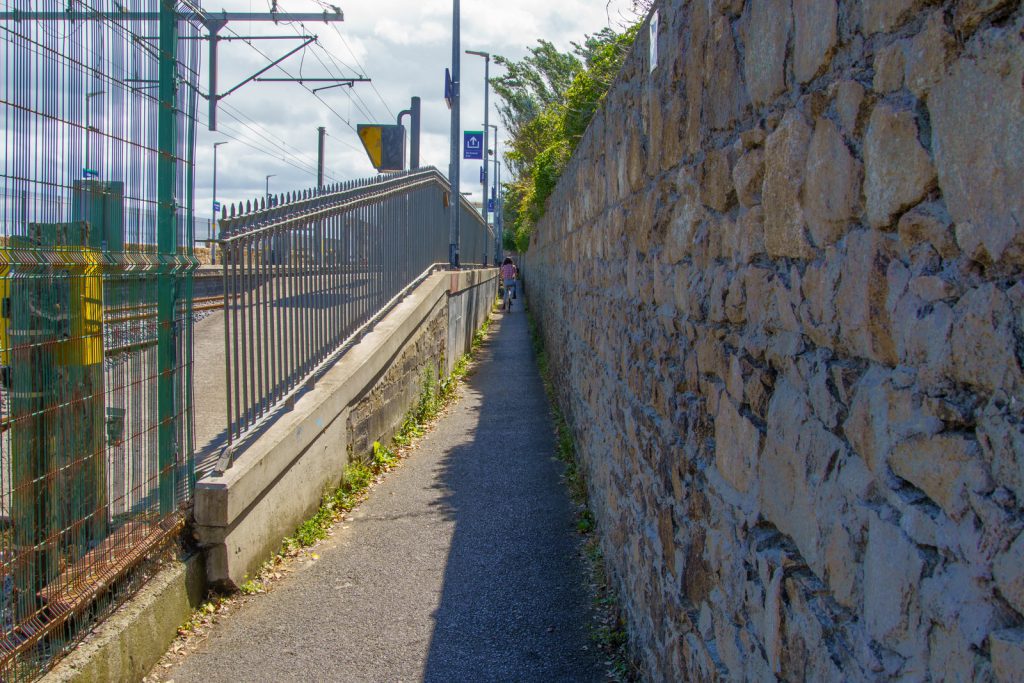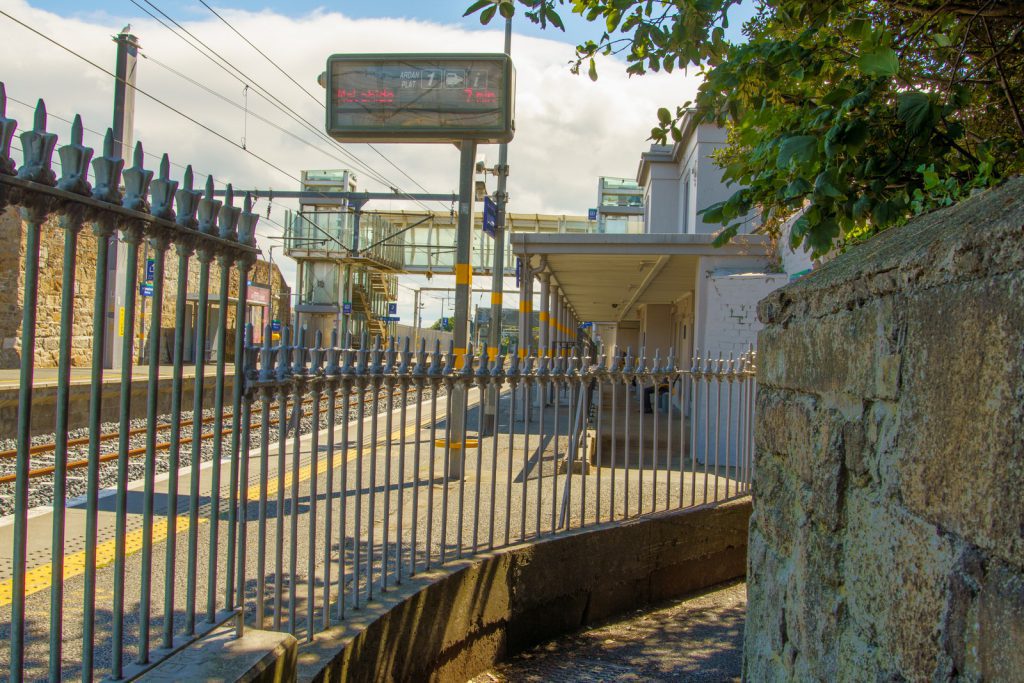I WALKED FROM DUNDRUM TO DUN LAOGHAIRE VIA STILLORGAN AND BLACKROCK
Blackrock, some hundreds of years ago, was variously called Newtown-at-the Black Rock, Newtown on the Strand by the Black Rock, Newtown Castle Byrne, or simply Newtown, so that “Blackrock” is simply an abbreviation of one of its ancient titles. For example, the town was called Newtown in a 1488 Act of Parliament. The name still survives in Newtown Avenue, and Newtown House. It was thus distinguished from Newtown-in-the-Deer-Park, as the village of Newtown Park was then called, from the circumstance that it was built in the Deer Park belonging to Stillorgan House, or Castle (a quo Newtownpark Avenue).
Blackrock is named after the local geological rock formation to be found in the area of Blackrock Park. Most of it is now buried under the park, but it is said that it is possible to see it just north of the pond. The rock itself is a limestone calp that when wet appears black, thus giving the name Black Rock. For the construction of the railway in 1834, the rock was extensively used for the wall cappings between Williamstown and Blackrock and can also be seen in the walls of the train station at Blackrock. St. Marys Chapel of Ease on St. Mary’s Place, nicknamed the Black Church, is constructed using the same Black Rock (limestone calp), although the rock used in its construction is locally sourced to the church.
